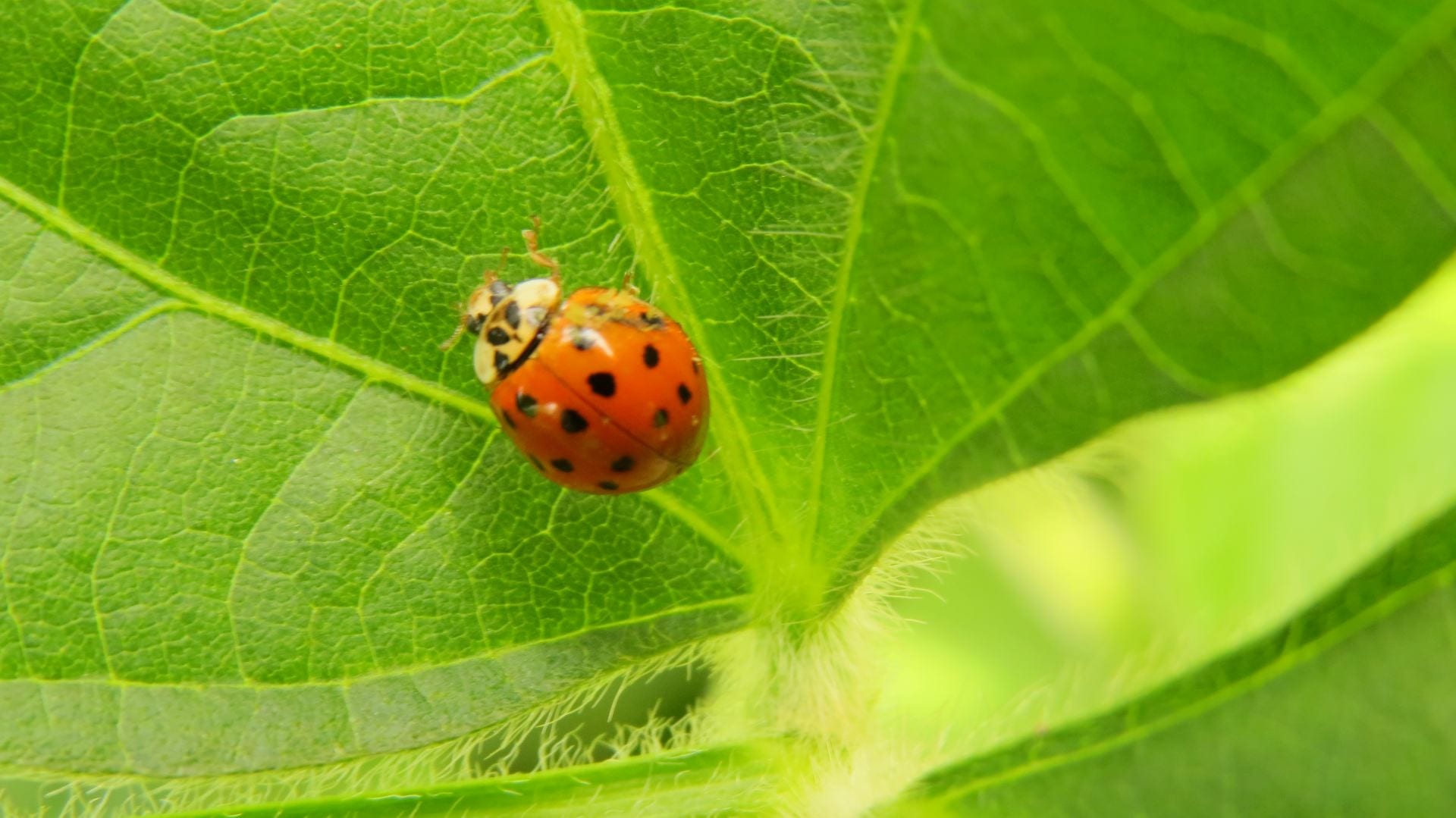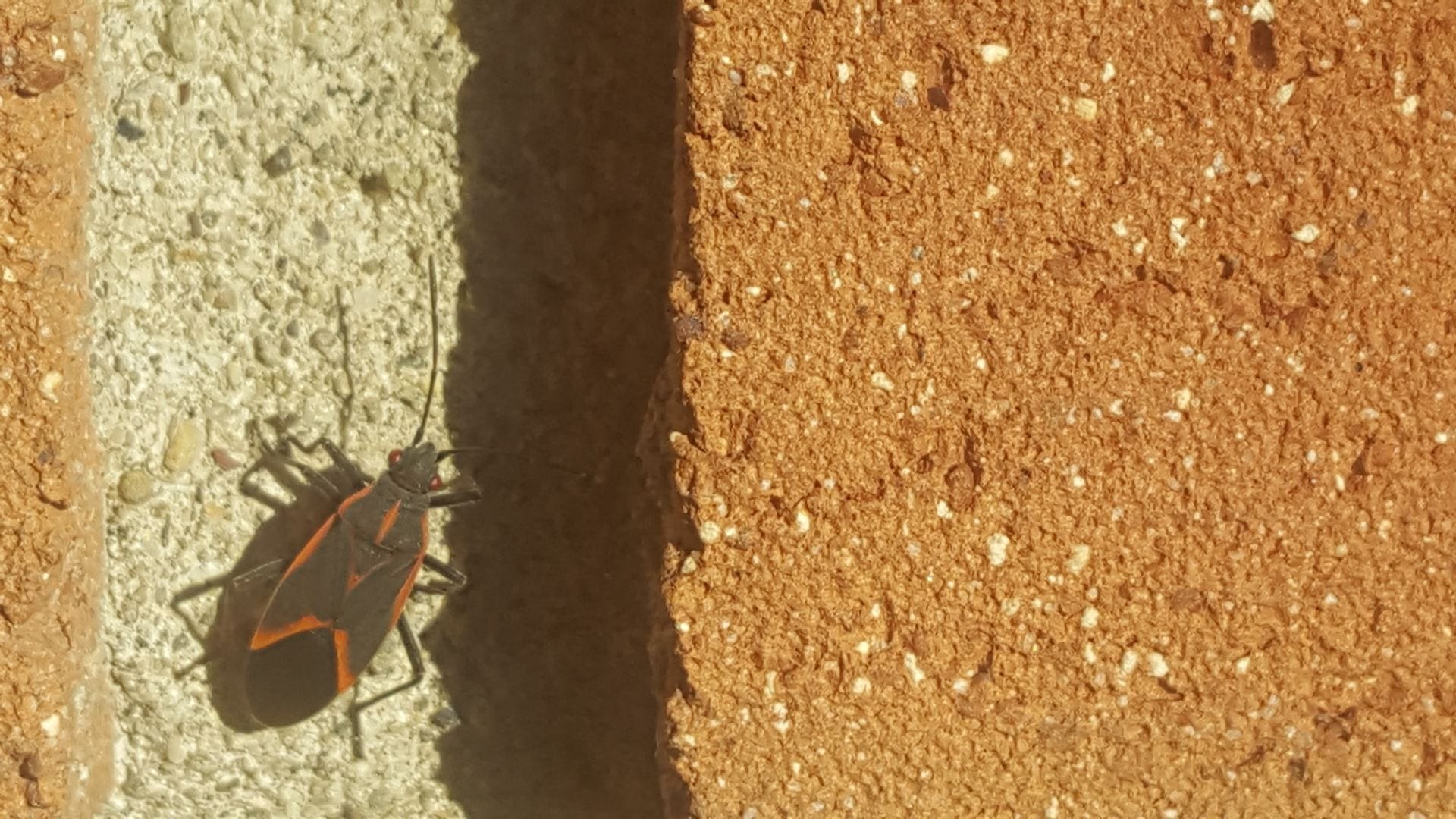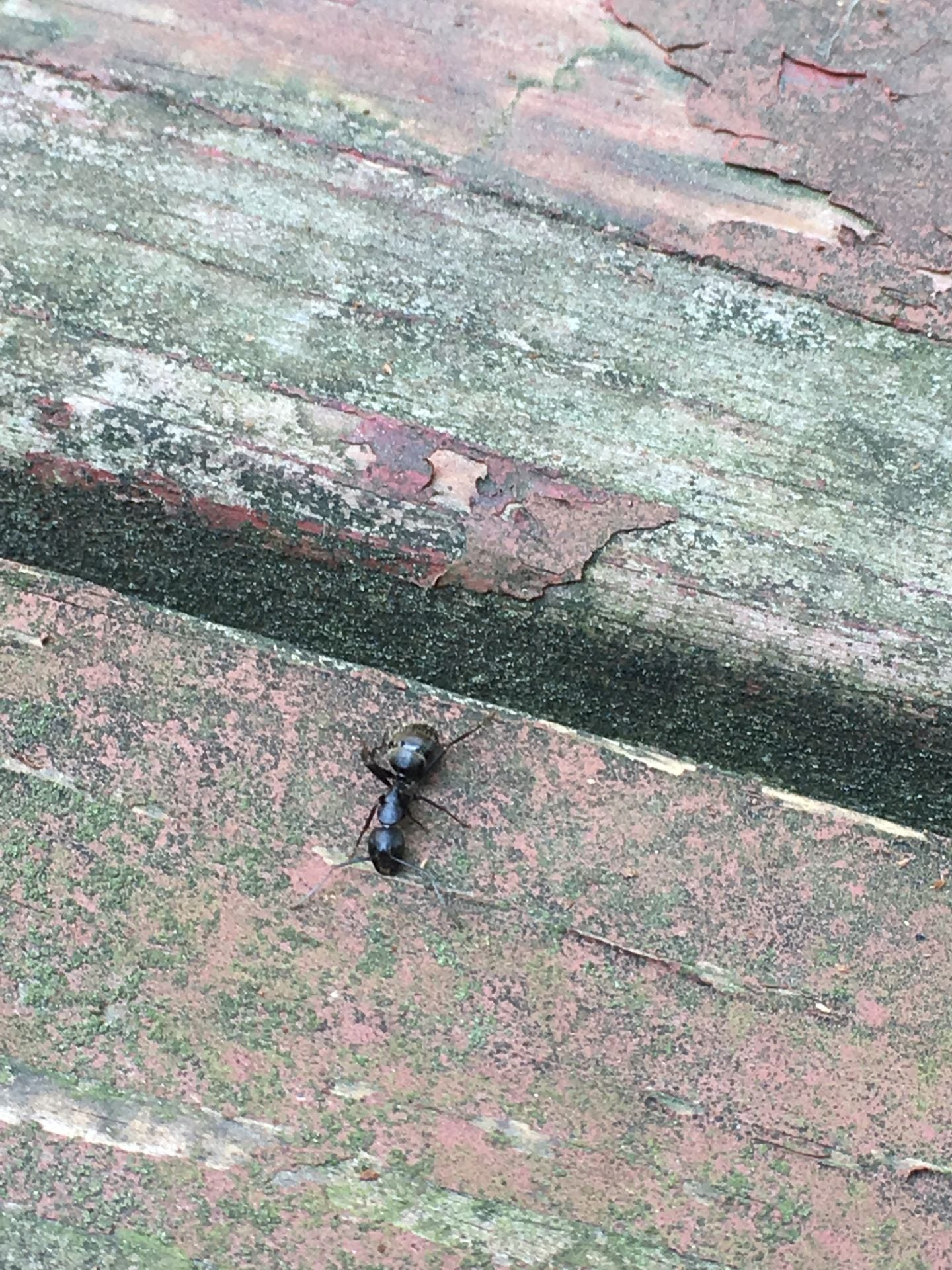Today we bring you another great post borrowed from Paul:
As days lengthen and temperatures climb, it is common to find a few insects bumbling around the house, looking for a way outdoors. Red-and-black boxelder bugs, orange Asian lady-beetles, and gray, slow-moving western conifer seed bugs are but a few of the critters likely to seek a protected, rent-free shelter in the fall and then forget where the exits are come spring. Fortunately, these are harmless as well as clueless, and do not breed indoors or pose health risks.

Warm weather can also bring carpenter ants out of the woodwork. These are a sign that one needs a carpenter, or more likely a roofer, because carpenter ants require wet, damaged wood to begin making a nest. Although they do no harm to structures the way termites do, no one wants them underfoot. Unfortunately some of the least-welcome pests are active year-round, for example cockroaches and bed bugs. Regardless of their identity, household pests can have us crawling the walls in short order.
However, it is essential to size up the problem before reacting. It is natural to want instant results, but the abject failure of the so-called “war on drugs” should serve to warn us that mere hammering on symptoms leaves us tired and broke, and leaves the problem the same as or worse than before. “Shock and awe” tactics will always be impotent unless we change the environment that gave rise to the situation. Some of the most popular pest-control tools, for example the total-release home foggers (TRFs) or “bug bombs,” have been proven utterly worthless, while humble methods such as targeted baits are extremely effective.
The first order of business is to identify the pest. Centipedes, millipedes, cluster flies, and daddy-longlegs are equally unwelcome housemates, but require very different controls. Your local Cornell Cooperative Extension office can help you identify a pest if you email them a few clear photos. The next step is to ask the intruder what it is doing in your house. Part of the ID process is learning what this thing does for a living, why it is in your space, and how it likely got there.
Boxelder bugs, for instance, live on maple sap, and overwinter as adults under tree bark or, unfortunately, vinyl or wood siding. In spring they want nothing more than to leave your premises so they can find a boxelder or other species of maple on which to mate and lay eggs. No amount of home insecticide will provide control for these as they dribble out of their hiding spots over the course of a few weeks. Insecticides are nerve toxins, and even small amounts have been implicated in exacerbating ADHD, depression, and other mood disorders. These products should be used only when it makes sense to do so.

The solution to boxelder bugs, Asian lady-beetles, cluster flies and other shelter-seeking bugs is neither flashy nor toxic, and for that reason is often dismissed. Investing in a case of good caulk, a few cans of spray insulation, and maybe some new screen can cure most such infestations for years at a time. Plus, most households will recover that cost the first winter in fuel savings.
Millipedes, carpenter ants and sow bugs enter homes following a moisture gradient. They will return over and over unless water issues are addressed. Treating carpenter ants with a broad-spectrum insecticide may provide the satisfaction of seeing a bunch of dead ants the next day, but the ant factory (i.e. the queen) will crank out babies for the whole season, requiring multiple applications. A nontoxic and dirt-cheap bait made from boric acid powder and sugar-water will wipe out the queen, but takes a couple of weeks. We need to choose between useless shock-and-awe, and quiet effectiveness.

In an article published on January 28, 2019 in the journal BMC Public Health, North Carolina State University researchers found that the German cockroach population in 30 homes did not change after a month of repeated “bombing” with total-release foggers. But the level of toxic pesticide residue in those residences increased an average of 603 times of baseline. In homes where gel baits were used, though, cockroach populations fell 90%, and pesticide residues in the living space dropped. Lead author Zachary C. DeVries states “The high risks of pesticide exposure associated with TRFs combined with their ineffectiveness in controlling German cockroach infestations call into question their utility in the marketplace.”
Fogging or bombing every insect we see indoors may have some cathartic appeal, but it is a dangerous and expensive exercise which will not fix what is bugging us. For more information on pest control that makes sense, visit the NYS Integrated Pest Management website at https://nysipm.cornell.edu/whats-bugging-you/ or contact your local Cornell Cooperative Extension office.
Today’s post borrowed from Paul Hetzler.
